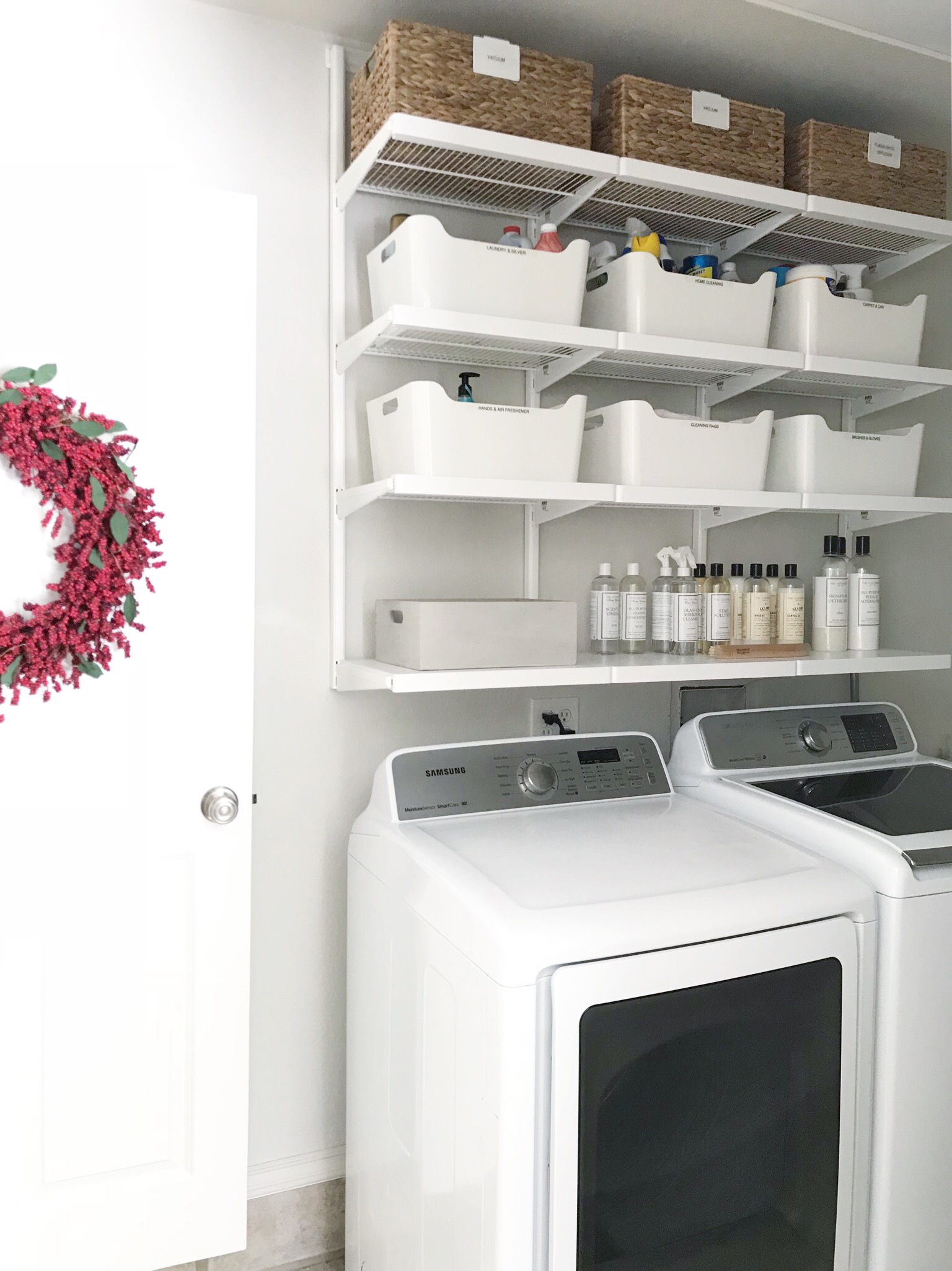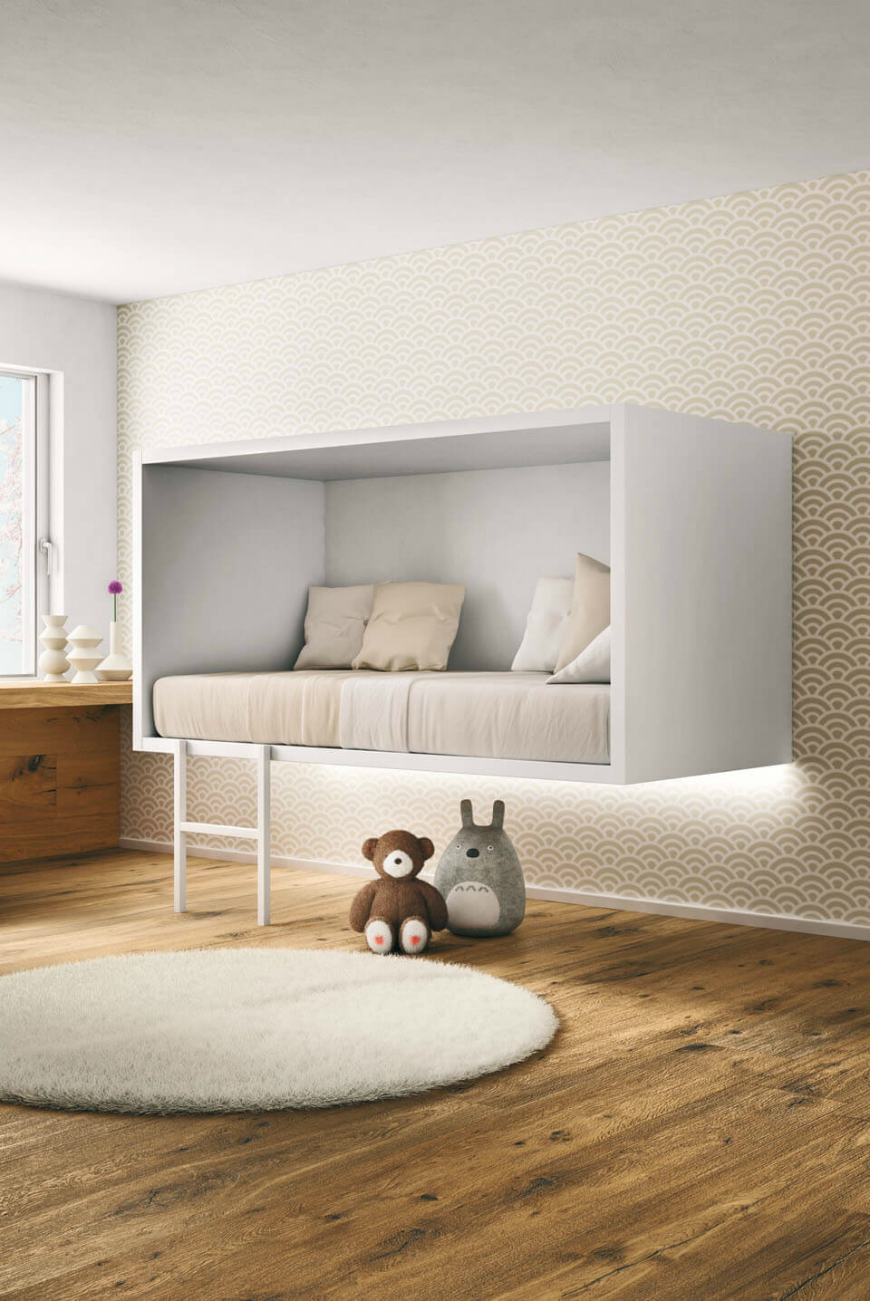Plants have always been used to create shelter, offer privacy or screen out unwanted views, define boundaries and divide the space within. You can plant them at the pergola posts, arch or arbor and have a fascinating backyard retreat.
Screen Plants, Weight lbs (kg) cedarapids crs6203fv. A power screen plant with 2437 hours can screen dirt or rock with a 40 foot hydraulic conveyor stacker.

Certain types of clematis (marked group 3 on the plant label) will cover a trellis or pergola in quick time too if you cut the ends back in early spring to encourage thicker growth. This is an exceptional landscape tree for use as a screen, hedge, windbreak, or single specimen. Deck over chuting with blending gates. At paramount plants and gardens we specialise in a variety of trees and shrubs which are suitable as screening either to form a neat boundary hedge or a tall evergreen screen above the fence line.
The plants are designed for scalping and finish screening applications and with their unmatched blending capabilities, they can produce many different product specifications.
On rare occasions, the plants also The mobiscreen mobile screening plants are used for screening almost all natural stone and in recycling. Evergreen screening plants to block unsightly views. What are the fastest growing screening plants? Different deck bar spacing allows the separation of material into different sized products. From horizontal and inclined screens to high frequency screens, we offer equipment that fits each operation’s unique needs.
 Source: pinterest.co.uk
Source: pinterest.co.uk
Engineered for a variety of applications, our screening plants enable producers to succeed in a variety of markets including recycle, aggregate, mining, biomass and industrial materials. Coarse and robust screen media, such as slotted grates, finger screens and punched plates are used. Different deck bar spacing allows the separation of material into different sized products. Screening plants grow swiftly, provide.
 Source: mygardenlife.com
A screen often uses more individual plants, rather than a dense block of foliage a screen commonly requires less maintenance than most hedges, which usually need several trimmings throughout the year to keep them in a tight shape 6 x 20 (1830 x 6096) Horsetail grass is one of the most popular ornamental grasses and a good screening plant. Some.
 Source: homestolove.com.au
Source: homestolove.com.au
A row of malvaviscus or sleeping hibiscus makes a wonderful screen. This screening plant is big enough for most screening jobs; It is tolerant of a wide variety of soils, but prefers moist, well drained soil. Plants have always been used to create shelter, offer privacy or screen out unwanted views, define boundaries and divide the space within. Scalper 77c.
 Source: instanthedge.com
Source: instanthedge.com
Jci portable 6203 screen plant. This screening plant is big enough for most screening jobs; Our most popular plants used for screening are: Scalper 77c portable screening plant. Screening plants grow swiftly, provide privacy, and elevate the look of a home.
 Source: walmart.com
Source: walmart.com
Tandem axle chassis, suspension with eight tires and wheels. Scalping screens are often used prior to the crushing process for material sorting. Some plants are great for screening and hiding the less desirable features of a garden. Browse types of vibrating screens used in applications. Certain types of clematis (marked group 3 on the plant label) will cover a trellis.
 Source: deavita.net
Source: deavita.net
Material to be separated and filtered. Evergreen screening plants to block unsightly views. Plants have always been used to create shelter, offer privacy or screen out unwanted views, define boundaries and divide the space within. We are changing the way america hedges. Coarse and robust screen media, such as slotted grates, finger screens and punched plates are used.
 Source: topbambooproducts.com
Source: topbambooproducts.com
Using plants to interrupt views can be a way of drawing the eye towards a specific feature, or a practical solution for blocking an unsightly view. Certain types of clematis (marked group 3 on the plant label) will cover a trellis or pergola in quick time too if you cut the ends back in early spring to encourage thicker growth..
 Source: greenearth-landscapes.com
Source: greenearth-landscapes.com
From horizontal and inclined screens to high frequency screens, we offer equipment that fits each operation’s unique needs. Here’s our list of screen stars! Check out our current inventory of horizontal screens. Neighbour disputes such as placing a trampoline right next to the fence, a light shining from. Screening plants are an excellent choice for those who want natural, attractive,.
 Source: centenarylandscaping.com.au
Source: centenarylandscaping.com.au
Check out our current inventory of horizontal screens. A power screen plant with 2437 hours can screen dirt or rock with a 40 foot hydraulic conveyor stacker. Weight lbs (kg) cedarapids crs6203fv. Screening plants grow swiftly, provide privacy, and elevate the look of a home. A screen often uses more individual plants, rather than a dense block of foliage a.
 Source: pinterest.com.au
Source: pinterest.com.au
Check out our current inventory of horizontal screens. Using plants to interrupt views can be a way of drawing the eye towards a specific feature, or a practical solution for blocking an unsightly view. Engineered for a variety of applications, our screening plants enable producers to succeed in a variety of markets including recycle, aggregate, mining, biomass and industrial materials..
 Source: kilbytreefarm.com.au
Source: kilbytreefarm.com.au
We are changing the way america hedges. This is an exceptional landscape tree for use as a screen, hedge, windbreak, or single specimen. Here’s our list of screen stars! Screening plants grow swiftly, provide privacy, and elevate the look of a home. Neighbour disputes such as placing a trampoline right next to the fence, a light shining from.
 Source: bambooplantshq.com
Source: bambooplantshq.com
6 x 20 (1830 x 6096) Use screening plants as living screens to provide privacy from the neighbours, to hide fences or to divide areas into garden rooms. Hardy native shrub loaded with cream flowers and cinnamon scented leaves. Our most popular plants used for screening are: Id #29719 | 2,100 hours | for sale & rent.
 Source: thespruce.com
Source: thespruce.com
Coarse and robust screen media, such as slotted grates, finger screens and punched plates are used. A power screen plant with 2437 hours can screen dirt or rock with a 40 foot hydraulic conveyor stacker. From horizontal and inclined screens to high frequency screens, we offer equipment that fits each operation’s unique needs. Tandem axle chassis, suspension with eight tires.
 Source: best4hedging.co.uk
Source: best4hedging.co.uk
686 south perley brook road |. Scalping screens are often used prior to the crushing process for material sorting. Screening plants grow swiftly, provide privacy, and elevate the look of a home. Screening plants provide privacy in summer & light in winter, while blocking wind & noise. Material to be separated and filtered.
 Source: whatgrowsthere.com
Source: whatgrowsthere.com
Using plants to interrupt views can be a way of drawing the eye towards a specific feature, or a practical solution for blocking an unsightly view. What are the fastest growing screening plants? Screening plants grow swiftly, provide privacy, and elevate the look of a home. You can plant them at the pergola posts, arch or arbor and have a.
 Source: hortzone.com
Source: hortzone.com
Certain types of clematis (marked group 3 on the plant label) will cover a trellis or pergola in quick time too if you cut the ends back in early spring to encourage thicker growth. Horsetail grass is one of the most popular ornamental grasses and a good screening plant. A power screen plant with 2437 hours can screen dirt or.
 Source: revolutionarygardens.com
Source: revolutionarygardens.com
Screening plants provide privacy in summer & light in winter, while blocking wind & noise. Use screening plants as living screens to provide privacy from the neighbours, to hide fences or to divide areas into garden rooms. Scalping screens are often used prior to the crushing process for material sorting. Privacy screening trees are a great way to provide living.
 Source: meadowfarmplantsdirect.co.uk
Source: meadowfarmplantsdirect.co.uk
Use screening plants as living screens to provide privacy from the neighbours, to hide fences or to divide areas into garden rooms. Air brakes, lights, mud flaps and fifth wheel pin. Screen size ft (mm) components. Jci portable 6203 screen plant. Scalping screens are often used prior to the crushing process for material sorting.
 Source: diygarden.co.uk
Source: diygarden.co.uk
Use screening plants as living screens to provide privacy from the neighbours, to hide fences or to divide areas into garden rooms. A screen often uses more individual plants, rather than a dense block of foliage a screen commonly requires less maintenance than most hedges, which usually need several trimmings throughout the year to keep them in a tight shape.
 Source: amsterdamgreenhouses.com
Source: amsterdamgreenhouses.com
Scalping screens are often used prior to the crushing process for material sorting. 6 x 20 (1830 x 6096) You can plant them at the pergola posts, arch or arbor and have a fascinating backyard retreat. Screening plants provide privacy in summer & light in winter, while blocking wind & noise. Neighbour disputes such as placing a trampoline right next.
 Source: pinterest.ie
Source: pinterest.ie
Different deck bar spacing allows the separation of material into different sized products. Browse types of vibrating screens used in applications. Scalper 77c portable screening plant. Some plants are great for screening and hiding the less desirable features of a garden. Our most popular plants used for screening are:
 Source: allimagesforyou2049.blogspot.com
Source: allimagesforyou2049.blogspot.com
Engineered for a variety of applications, our screening plants enable producers to succeed in a variety of markets including recycle, aggregate, mining, biomass and industrial materials. Screening plants provide privacy in summer & light in winter, while blocking wind & noise. Different deck bar spacing allows the separation of material into different sized products. A row of malvaviscus or sleeping.
 Source: artificialplants.com.au
Source: artificialplants.com.au
Horsetail grass is one of the most popular ornamental grasses and a good screening plant. Deck over chuting with blending gates. A screen often uses more individual plants, rather than a dense block of foliage a screen commonly requires less maintenance than most hedges, which usually need several trimmings throughout the year to keep them in a tight shape Our.
 Source: homestratosphere.com
Source: homestratosphere.com
A row of malvaviscus or sleeping hibiscus makes a wonderful screen. Screen size ft (mm) components. 686 south perley brook road |. Our most popular plants used for screening are: Check out our current inventory of horizontal screens.
 Source: centenarylandscaping.com.au
Source: centenarylandscaping.com.au
Engineered for a variety of applications, our screening plants enable producers to succeed in a variety of markets including recycle, aggregate, mining, biomass and industrial materials. Plants have always been used to create shelter, offer privacy or screen out unwanted views, define boundaries and divide the space within. A screen often uses more individual plants, rather than a dense block.







